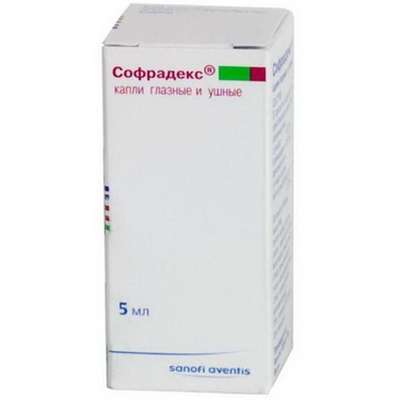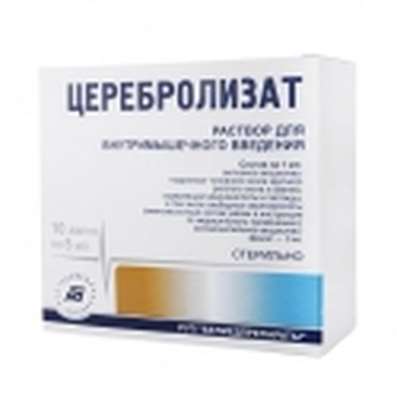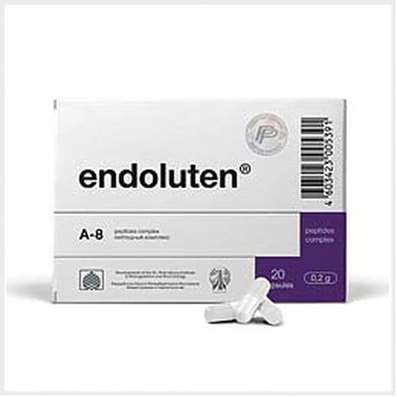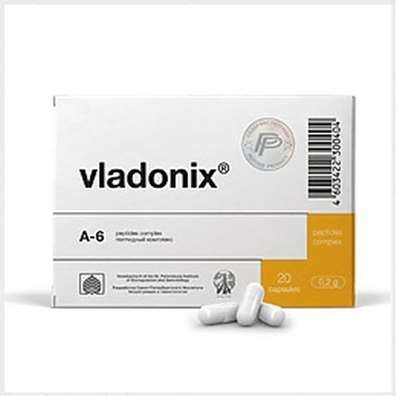Instruction for use: Controloc
I want this, give me price
Active substance Pantoprazole
ATX code A02BC02 Pantoprazole
Pharmacological group
Proton pump inhibitors
Nosological classification (ICD-10)
K21.0 Gastro-oesophageal reflux with oesophagitis
Reflux gastritis, Reflux esophagitis, Erosive and ulcerative esophagitis
K25 Gastric ulcer
Helicobacter pylori, Pain syndrome in gastric ulcer, Pain syndrome in gastric ulcer and duodenal ulcer, Inflammation of the gastric mucosa, Inflammation of the gastrointestinal mucosa, Benign gastric ulcer, The disease of the stomach and duodenum, asotsiirovannoe with Helicobacter pylori, Aggravation gastroduodenita on the background of peptic ulcer, Exacerbation of peptic ulcer, The aggravation of gastric ulcer, The organic gastrointestinal disease, Peptic ulcer of the stomach and duodenum, Postoperative gastric ulcer, Recurrent ulcers, Symptomatic gastric ulcers, Chronic inflammatory disease of the upper gastrointestinal tract, associated with Helicobacter pylori, Helicobacter pylori eradication, Erosive and ulcerative lesions of the stomach, Erosive lesions of the stomach, The erosion of the gastric mucosa, Peptic ulcer disease, Stomach ulcer, Gastric lesion, Ulcerative lesions of the stomach, Symptomatic ulcers of the stomach and duodenum
K26 Duodenal Ulcer
Pain with duodenal ulcer, Pain syndrome in gastric ulcer and duodenal ulcer, The disease of the stomach and duodenum, asotsiirovannoe with Helicobacter pylori, Exacerbation of peptic ulcer, The worsening of duodenal ulcer, Peptic ulcer of the stomach and duodenum, Relapse of duodenal ulcers, Symptomatic ulcers of the stomach and duodenum, Helicobacter pylori eradication, Erosive and ulcerative lesions of the duodenum, Erosive-ulcerative lesions of duodenal ulcers associated with Helicobacter pylori, Erosive lesions of the duodenum, Duodenal ulcer, Ulcerative lesions of the duodenum]
K27 Peptic ulcer, unspecified
Perforation of peptic ulcer, Drug-induced gastrointestinal ulcers, medication ulcers, Peptic ulcer of the digestive tract, Peptic ulcer with Helicobacter pylori, peptic ulcer, Damage of gastrointestinal mucosa caused by NSAID, Symptomatic ulcers digestive tract, stress ulcer, Stress gastric ulcer, Stress damage to the mucous membrane, stress ulcer, duodenal ulcer Stress, Stress ulcer, Stressful GI ulcers, Erosive-ulcerative lesions of the gastrointestinal tract, The erosion of the gastrointestinal tract, Erosion of the mucosa of the upper gastrointestinal tract, The erosion of the gastrointestinal mucosa, gastrointestinal ulcer, ulcer drug, peptic ulcer, postoperative ulcer, stress ulcer, Ulcerative lesions of the gastrointestinal tract, Acute stress ulcer gastrointestinal tract, Symptomatic gastrointestinal ulcers, Complications of peptic ulcers
K29.7 Unspecified gastritis
Gastritis with low acidityá Gastritisá Gastritis with a normal secretory functionáGastritisá Erosive gastritis
K86.8.3 * Zollinger-Ellison Syndrome
Adenoma of the pancreas ulzerogennosti, gastrinoma, Zollinger-Ellison Syndrome, gastrinoma
K92.2 Gastro-intestinal bleeding, unspecified
Gastric and intestinal bleeding, Acute bleeding from the upper gastrointestinal tract, gastrorrhagia, Gastrointestinal bleeding, Intraoperative abdominal bleeding, enterorrhagia, Bleeding in the upper digestive tract, Gastrointestinal bleeding, Bleeding from the upper gastrointestinal tract, Bleeding from the gastrointestinal tract, Intraoperative bleeding abdominal, Recurrent bleeding in the digestive tract, Diagnosis of bleeding from the small intestine, peptic ulcer bleeding, Mallory-Weiss syndrome, Recurrent bleeding from peptic ulcers, Bleeding stomach
Composition
Lyophilisate for preparation of solution for intravenous administration 1 fl.
active substance:
pantoprazole sodium sesquihydrate 45.1 mg
corresponds to pantoprazole sodium (anhydride) 42.3 mg and pantoprazole (free acid) 40 mg
excipients: disodium edetate - 1 mg; sodium hydroxide - 0.24 mg
pharmachologic effect
Pharmacological action - inhibiting proton pump.
Dosage and administration
In / in the introduction of the drug should be carried out by medical personnel.
In / in the use of the drug Kontroloc® recommended in cases where oral administration of the drug is not possible, and for a period of not more than 7 days. If a patient has an opportunity for oral intake / injection, it should be replaced with Kontroloc®, enteric-coated tablets.
Peptic ulcer of the stomach and duodenum (in the acute phase), erosive gastritis (including those associated with taking NSAIDs), GERD. The recommended daily dose is 40 mg (1 fl.).
Zollinger-Ellison syndrome. With long-term treatment of Zollinger-Ellison syndrome and other pathological hypersecretory conditions, the recommended daily dose at the beginning of treatment is 80 mg of the drug Controloc® IV. After that, the dose may be increased or decreased. In the case of the use of the drug in a daily dose of more than 80 mg, the dose should be divided and administered twice a day. A temporary increase in the daily dose of up to 160 mg is possible, but not longer than is necessary for adequate acidity control. If necessary, emergency control of acidity, the initial dose of twice 80 mg is sufficient to reduce acid emissions in the range of less than 10 mEq / h for 1 h in most patients.
Treatment and prevention of stress ulcers, as well as their complications (bleeding, perforation, penetration). The recommended daily dose is 80 mg / day. In the case of the use of the drug in a daily dose of more than 80 mg, the dose should be divided and administered twice a day. Perhaps a temporary increase in the daily dose of up to 160 mg.
For the preparation of ready-to-use solution for injection of 10 ml of 0.9% sodium chloride solution is added to the vial containing the dry substance. The finished solution can be introduced in the amount of 10 ml, it is also acceptable to dilute it in 100 ml of 0.9% sodium chloride solution or in 5% glucose solution.
Do not use other solvents!
The drug should be administered within 2-15 minutes.
The prepared solution is stable for 12 hours after preparation. However, it is recommended to use the solution immediately after preparation to avoid microbial contamination.
In patients with severely impaired liver function, the daily dose should not exceed 20 mg of pantoprazole (half a vial).
Dose adjustment in elderly patients and patients with impaired renal function is not required, but the recommended daily dose of pantoprazole 40 mg should not be exceeded.
Release form
Lyophilisate for preparation of solution for intravenous administration, 40 mg: in transparent glass vials, sealed with rubber stoppers and compressed with aluminum caps with polypropylene discs, 40 mg each; in a pack of cardboard 1 fl.
Pharmacy sales terms
On prescription.
Storage conditions
In the dark place at a temperature of no higher than 25 ° C.
Keep out of the reach of children.
shelf life
2 years. Do not use after the expiration date printed on the package.
Do not use after the expiration date printed on the package.

 Cart
Cart





